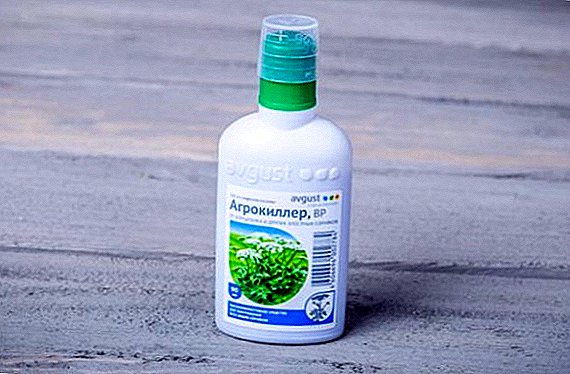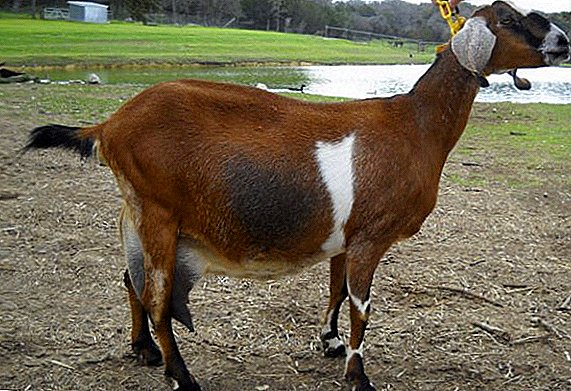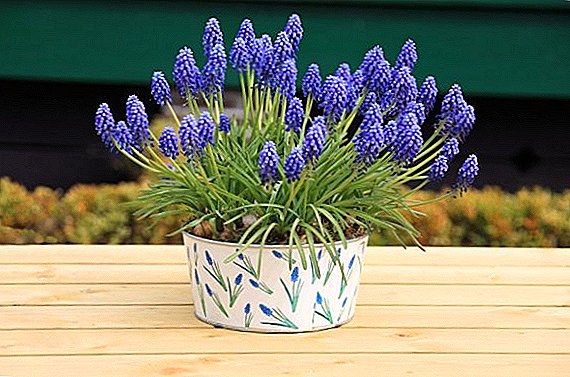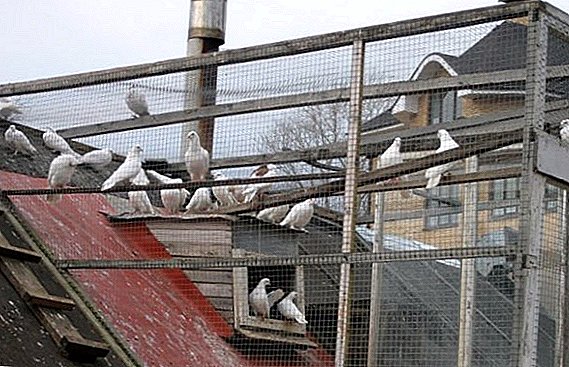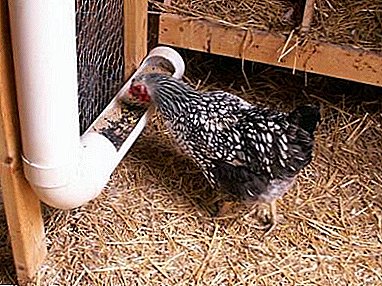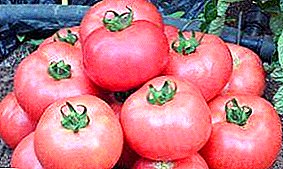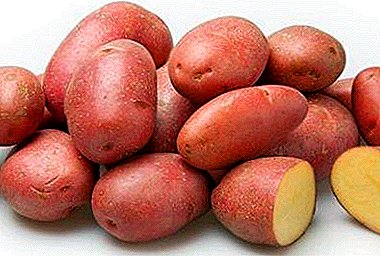 Sandboxes - Mushrooms that can be found in the forest, only if you look closely. After all, they are hiding under a hill of sand and pine needles. And if you dig up this mound, you will find a whole family. But what to do with this find - we shall understand further.
Sandboxes - Mushrooms that can be found in the forest, only if you look closely. After all, they are hiding under a hill of sand and pine needles. And if you dig up this mound, you will find a whole family. But what to do with this find - we shall understand further.
Edibility
Sandboxes are in the edible category. They can marinate, fry, boil, simmer and salt.
It will be helpful for you to find out which mushrooms are edible.
The only disadvantage is that the soil in which they grow often stains them, so you need to thoroughly process the product before use. But this process is worth the finished result - the dishes are tasty and fragrant.
Botanical description
It also has such names as a mushroom: sandstone, poplar, poplar rowing, podtopolnik and podtopolivik.  It is lamellar, it is propagated by spores that are stored in the plates.
It is lamellar, it is propagated by spores that are stored in the plates.
Hat
Initially, it is convex in the middle and with the edges wrapped inside. As he grows, the hat straightens and bends inward. It is fleshy, and at high humidity or after rain it is slippery, it acquires a light brown color. The diameter can reach 12 cm. The flesh of the cap is reddish.
Important! The mushroom smells like fresh flour.
Records
They are frequent, thin. At first they have a white and cream color, and then begin to turn brown with a hat.
Leg
Small and thin - up to 7 cm. Color can vary from white to milky. Inside - solid and fleshy. Outside there is a small scaly raid.

Important! If you press on the sandstone foot, purple spots will appear on it.
Pulp
White, soft, fleshy, elastic. Under the skin has a brownish tint, flour and bitter taste.
Where to grow, and when to collect
Grow in mixed and coniferous forests. Sandy ground. Their name, poplar, mushrooms got just because of the place of growth. They can be found near the poplars and stumps. They are also found along landings, parks. Chances are they meet in the European part of Russia and Siberia.
Sandboxes gather from August to September. They grow large families of different ages.
Most common types
In total, there are about 40 species of sandboxes, which have a different name - the rows. They come in different colors - from grayish to brown. But the most popular are only three.
Greenfinch
The main difference of this species is its green color. It does not change even after prolonged heat treatment. The mushroom is edible, but in small doses and after soaking and boiling. You can add it to any dish. Bonus - you can find it before the first snow. 
Gray sandpiper
Edible, with a gray color. It is suitable for use after heat treatment. In its raw form it is dangerous. 
Red sandpiper
Conditionally edible type - only after a long and proper preparation suitable for use. It has a red color, a distinctive feature - yellow flesh. Before cooking, soak in salt solution for at least a day, then you can pickle, fry or boil. 
Is it possible to confuse: duplicate mushrooms
The sandboxes in the family have many species that are not only inedible, but also poisonous. Some of them have their own distinctive features by which you can identify a bad mushroom.
Did you know? Common fungus grows at a speed of 1 cm in 2 minutes, but lives up to 3 days.
Consider the most common types:
- leopard rowing it is similar to an earthy row, but very toxic, it has white mouse plates, on a cap - characteristic specks; the fungus does not have a floury taste and smell like an edible species;

- mouse pointy row low-toxic appearance, but do not eat. You can find out by a dark protruding sharp humpback in the middle of the cap. Odorless, on old mushrooms there are yellow spots;

- soap row - a type that is confused with edible most often. It has a fruity, soapy, not very pleasant smell, the flesh reddens on the cut;

- brown row - dark mushroom with a brown tinge, reddens on the cut, has an unpleasant smell;

- white row reaches 8 cm in height, has a flat, outstretched cap with wavy, thick edges, pinks when cut, the acrid smell of radish.

Chemical composition
This product is useful - it has fiber, glycogen. It is rich in macro-and microelements: potassium, magnesium, phosphorus, sodium, chlorine. There are also vitamins (A, D, group B).
What of them can cook
The sandboxer is versatile in cooking - pickle, boil, salt, dry, fry. The only condition is to prepare this mushroom.
Read more about pickles, pickling, drying and freezing mushrooms.
Treat it as follows:
- wash each specimen under cold water;
- we put the mushrooms in a deep bowl so that they can be easily mixed;
- we fill in with very salty water and we leave for the night;
- in the morning we mix the contents - the pores of the row open and the sand comes out easily;
- we carefully pick up mushrooms so as not to lift fallen sand from the bottom;
- wash again and fill with clean water;
- set on fire and boil for 30 minutes after boiling;
- Change the water again and can already cook at our discretion.
How to cook
Have to take:
- sandboxes - 1 kg;
- water - 1 l;
- salt - 1 tsp;
- Clove - 2 pcs .;
- citric acid - at the tip of the knife.
How to cook:
- Pre-prepare the product.
- Fill the pot with water, add salt, citric acid and bring to a boil.
- Spread sandpits in boiling water.
- Cook for 20 minutes in a closed saucepan.
- Add seasonings and cook for another 20 minutes.

How to salt
It will take:
- sandboxes - 1 kg;
- garlic - 4 cloves;
- currant leaves - 6 pieces per 1 jar;
- pepper - 10 peas;
- salt - 50 g
How to cook:
- Put the washed currant leaves in sterilized jars.
We recommend that you read about the recipes for sterilizing jars at home.
- Pre-prepared mushrooms lay out tightly layers, each sprinkling salt and chopped garlic.
- From above, too, you need to cover the mushrooms with leaves, so as not to become covered with mold.
- We close the banks and wait at least 6 weeks.
How to pickle
Looking for:
- sandboxes - 1 kg;
- Vinegar 6% - 3 tbsp. l .;
- sugar - 1 tbsp. l with a hill;
- pepper - 5 peas;
- salt - 50 g;
- Carnation and bay leaf - 2 pcs.
How to cook:
- Put the pre-prepared mushrooms in a saucepan and cook over low heat.
- Add all the ingredients.
- Keep on fire for another 20 minutes.
- Put the mushrooms tightly in prepared jars.
- We close the banks and wait for cooling, after which we store in a cold room.

Did you know? Mushrooms are one of the most enduring organisms on the planet - they will withstand high radiation, can grow at an altitude of 30 thousand meters and even on the surface of sulfuric acid.
So, sandboxes are edible mushrooms, which, after proper processing, can be a great snack. They can be confused with other species, so you need to collect carefully and carefully. In addition to appearance, focus on the smell of flour - just do not lose.



